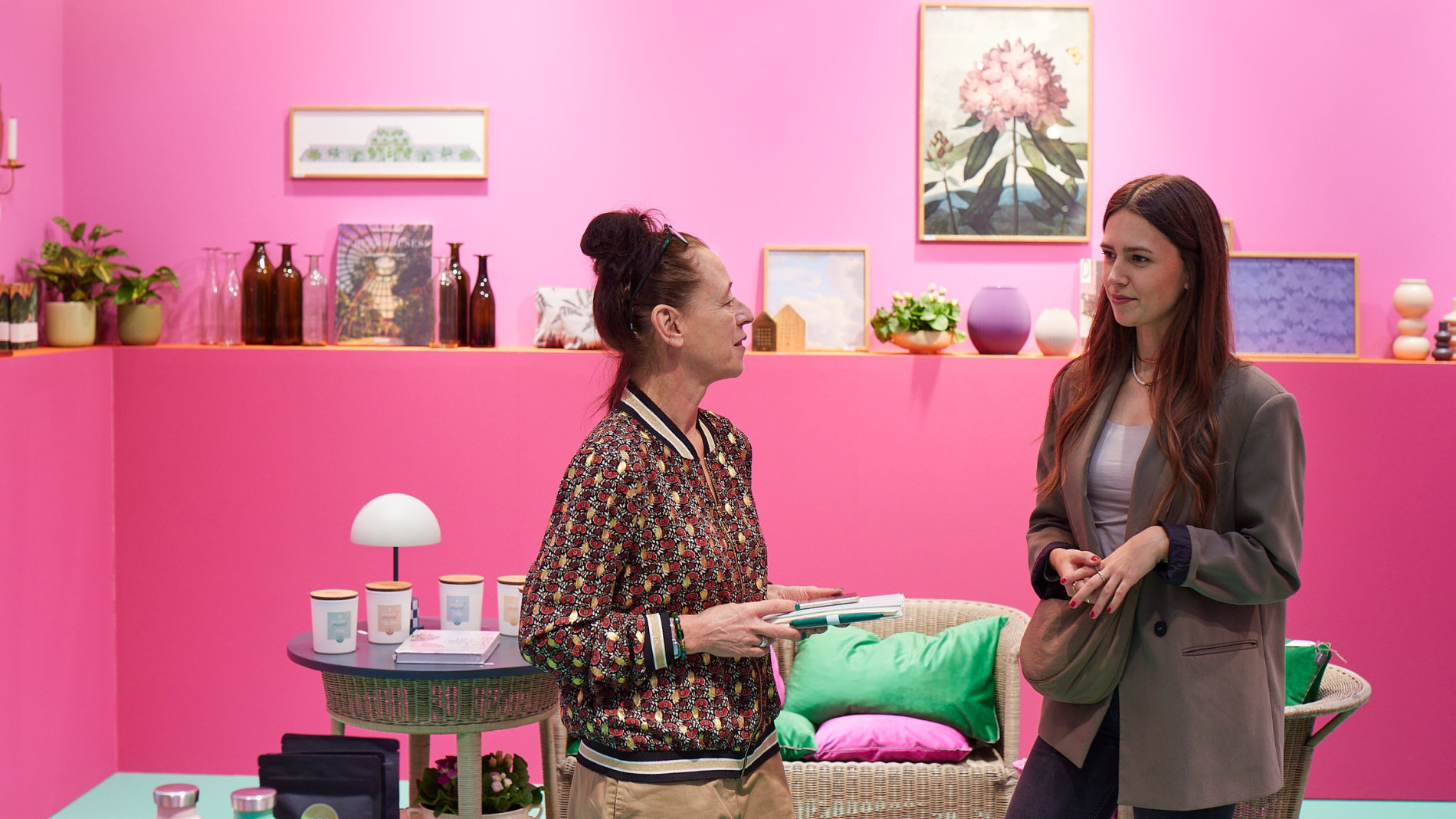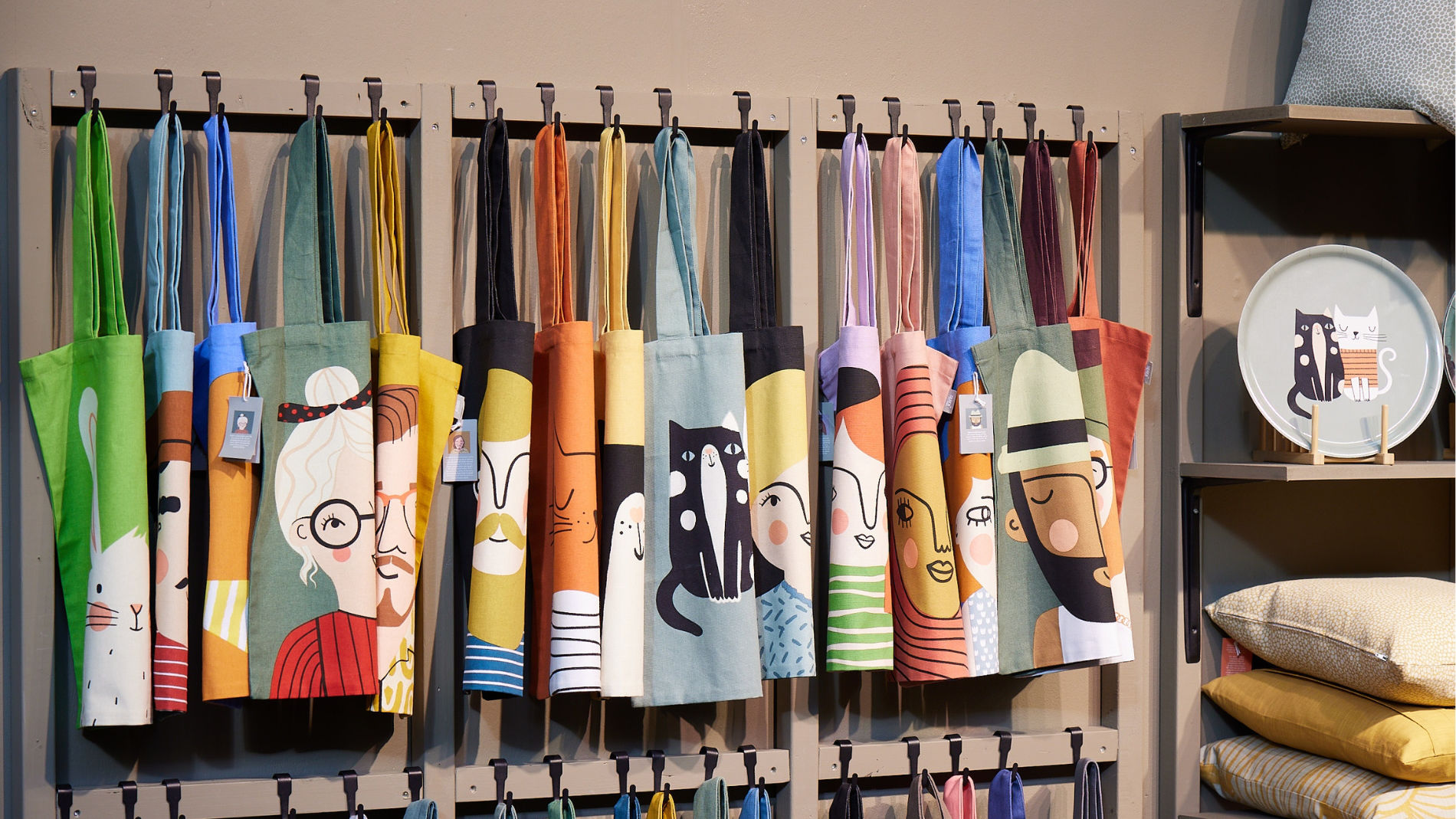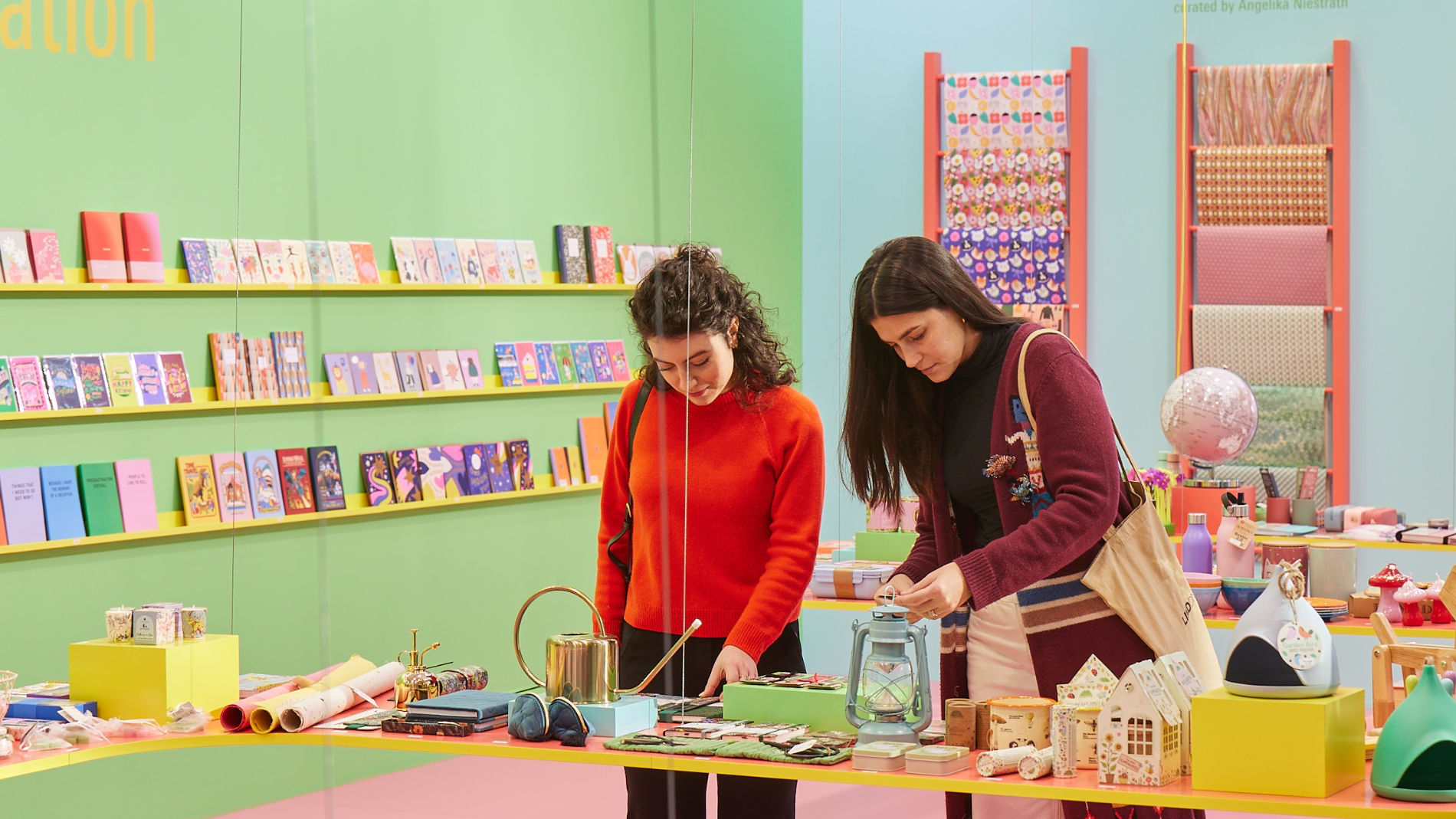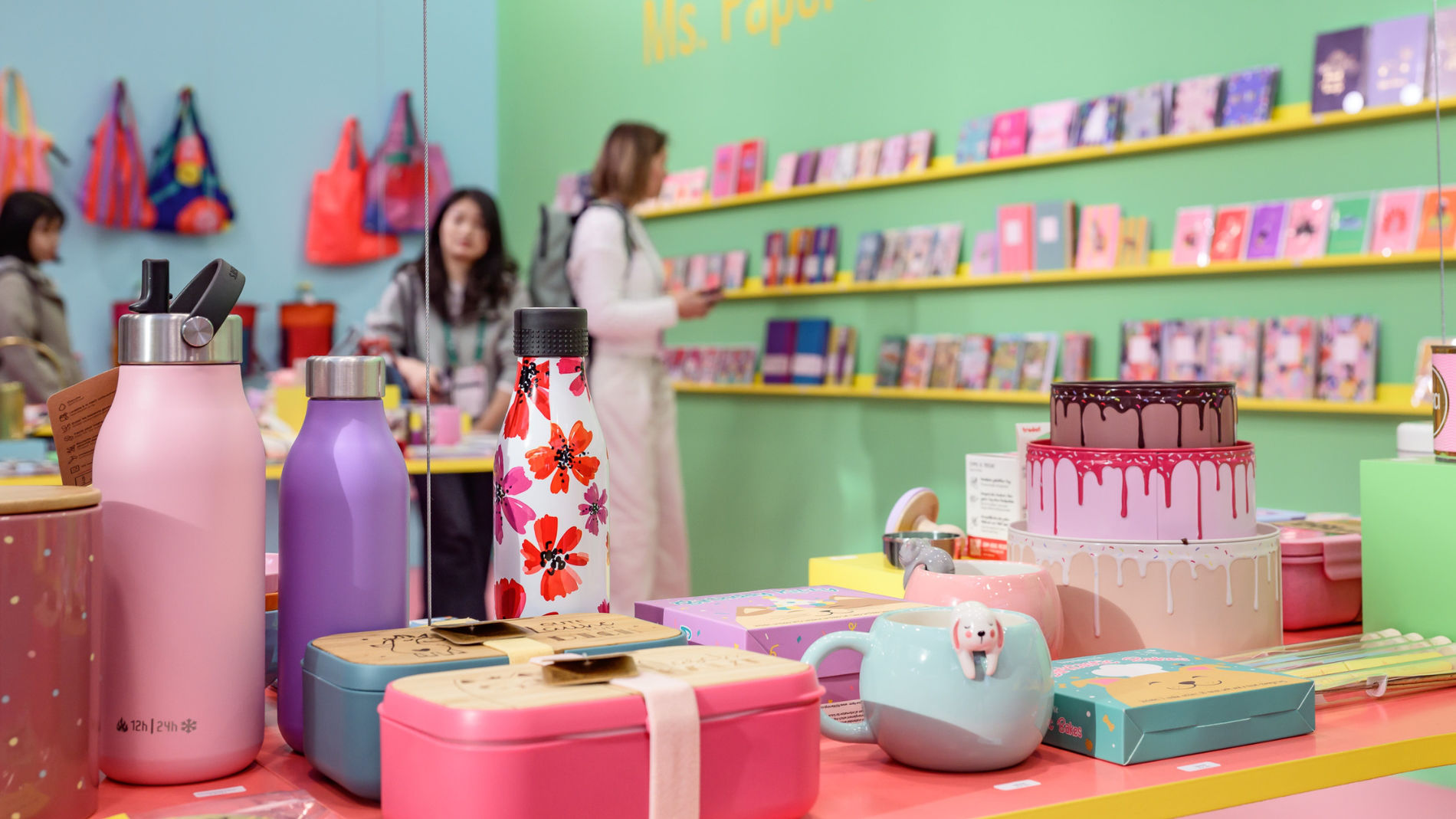A concept store is more than just a shop – it tells a story. Fashion, interior design, art, and often even culinary elements come together to create a unique concept. The goal: to inspire customers and immerse them in a distinctive atmosphere. Discover how this innovative retail concept is redefining the shopping experience.
What Is a Concept Store?
A concept store is a retail business that goes beyond traditional sales. It offers products from various categories such as fashion, interior design, art, and often gastronomy in a carefully curated environment. The focus is on a holistic shopping experience, integrating inspiration, atmosphere, and usually events or services to foster long-term customer loyalty. The aim is to create a unique retail world that reflects the values and philosophy of the brand or business.
Looking ahead to retail in 2030, concept stores are more in demand than ever. They satisfy the desire for individuality, authentic experiences, and personalised shopping – far removed from interchangeable mass-produced goods. Moreover, they frequently incorporate the latest technological trends in retail, making the point of sale even more attractive.
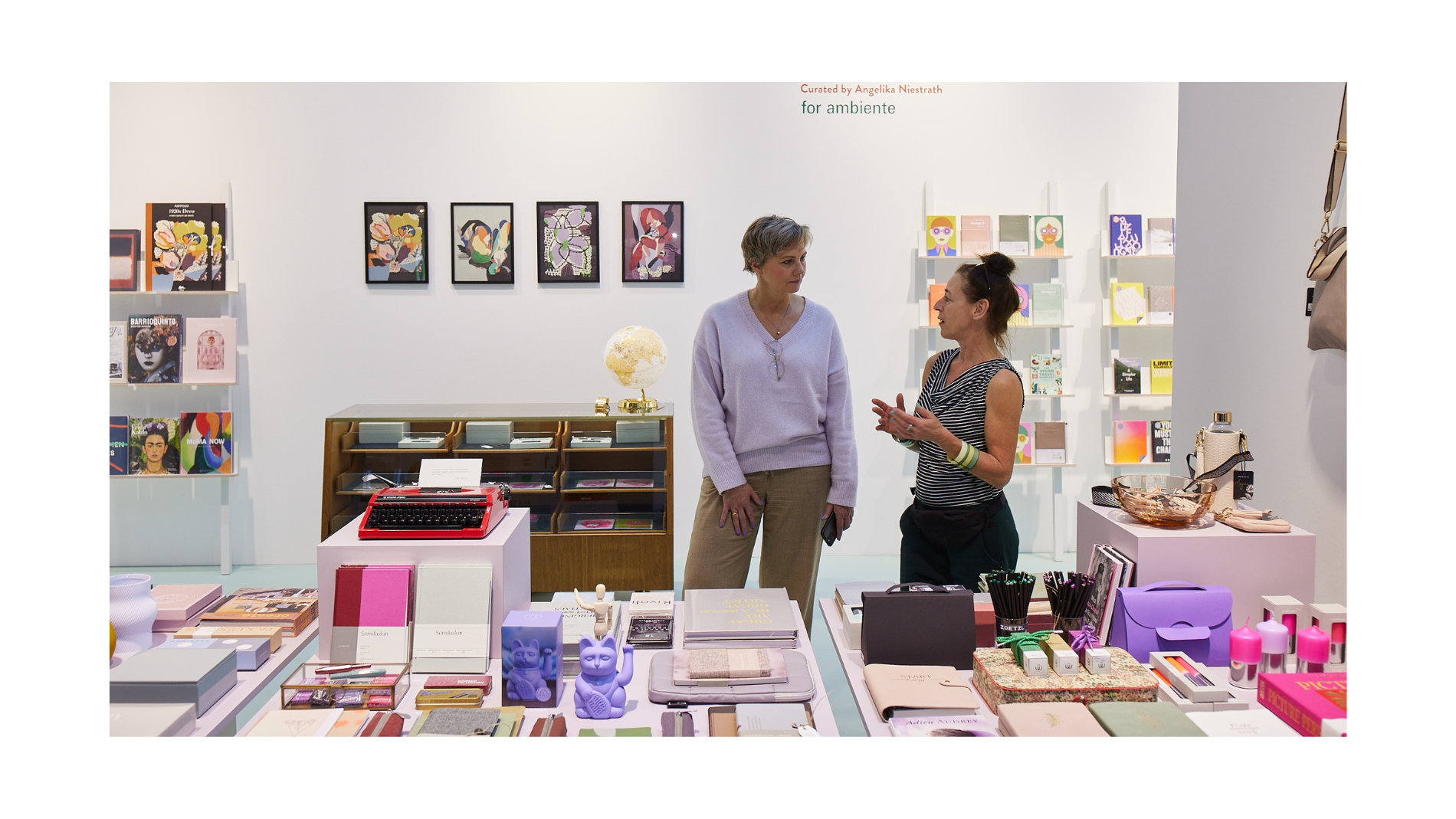
Model of a Concept Store: Optimising the Point of Sale
A successful concept store model integrates various elements to optimise the point of sale (POS):
- Curated assortment: Selection of products that reflect a specific theme or lifestyle philosophy to offer a coherent shopping experience.
- Atmosphere: Store layout and decoration designed to create an inviting and inspiring environment.
- Experience orientation: Integration of events, workshops, or gastronomy to encourage customers to stay longer in the store and strengthen customer loyalty.
Beyond the physical shopping experience, digitalisation in retail plays a crucial role. Smart technologies such as digital price tags, virtual reality, or personalised customer engagement allow retailers to make their concept even more innovative.
Tips & Tricks for Retailers
A concept store thrives on its distinctive atmosphere – but how can this be optimally designed? The key is to create a coherent environment that excites customers and encourages them to linger.
With these tips & tricks, retailers can make their store even more attractive:
- Develop a unique concept: Define a clear theme or philosophy for your store that is reflected in both the product selection and store design. This creates brand recognition and attracts the desired target audience.
- Create a multisensory experience: Use music, scents, and lighting to build an atmosphere that appeals to all senses and enhances customer well-being.
- Strengthen online presence: Complement your physical store with an engaging website and active social media channels to increase your reach and inspire customers digitally.
Additionally, sustainability in retail is gaining increasing importance. Customers are placing more value on sustainable materials, eco-friendly packaging, and fair production conditions – aspects that can be particularly well integrated into concept stores.
Best Practices: What Concept Stores Can Look Like
- Frau Hansen (Hamburg): This store combines trendy home decor and interior design with Scandinavian-inspired women’s fashion and accessories. The carefully selected product range and the dedicated “children’s room” with special offerings for little ones create a unique shopping experience.
- Coming Soon (New York): This concept store in New York focuses on a unique design experience for modern living culture. With a mix of hand-picked furniture, exceptional home accessories, and artistic decorative objects, the store offers an inspiring selection for design enthusiasts. The curated product range includes everything from colourful ceramics and high-quality textiles to innovative furniture – always with a touch of playful elegance.
- Manufactum: With multiple locations, Manufactum offers a broad selection of high-quality products for home and garden, kitchen and food, as well as fashion and accessories. The store focuses on sustainability and traditional craftsmanship, which is reflected in its product selection.
A modern concept for analogue and digital product presentation is also showcased at Ms. Paper & Friends’ stand at Ambiente in Frankfurt. Here, storytelling, product staging, and digitalisation go hand in hand to create a holistic shopping experience.
Conclusion: Concept Stores
Concept stores offer retailers the opportunity to stand out from the competition with a unique concept and a carefully curated assortment. By creating a shopping experience that appeals to all the senses and emotionally engages customers, concept stores strengthen customer loyalty. This way, retailers can establish themselves as future-ready players in retail 2030.
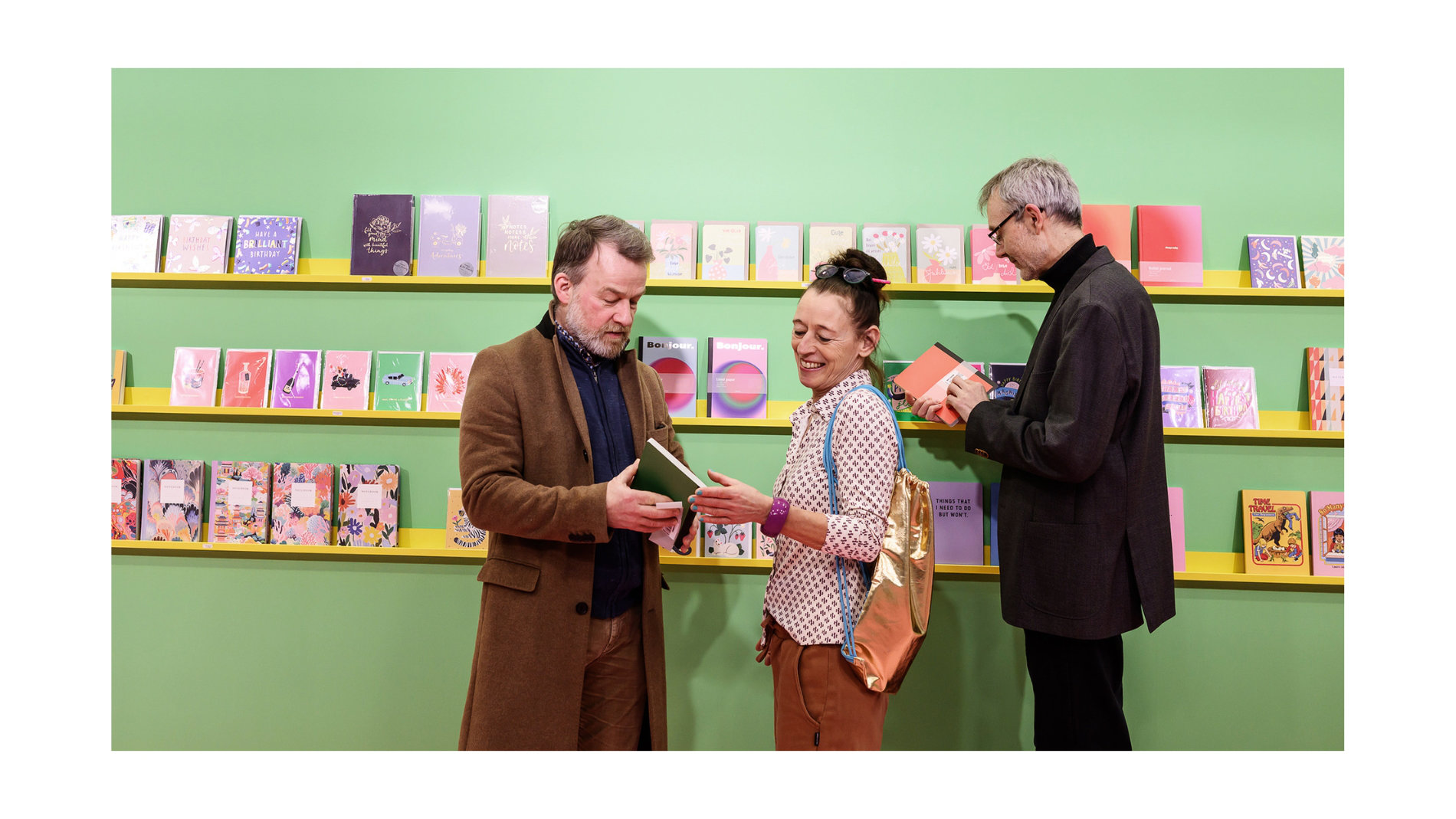
Questions and Answers About Concept Stores
How Do Concept Stores Work?
Concept stores operate by following a clearly defined theme or philosophy, which is reflected in the product selection, store design, and overall shopping experience. They offer a carefully curated range of products from various categories and create additional incentives for customers to visit and stay longer through events, workshops, or gastronomy.
What Are Some Examples of Concept Stores?
Examples of successful concept stores include “Kauf Dich Glücklich” (several locations in Germany), “Frau Hansen” in Hamburg, and “Coming Soon” in New York. These stores combine various product categories such as fashion, furniture, and home decor, often integrating additional services like gastronomy.
